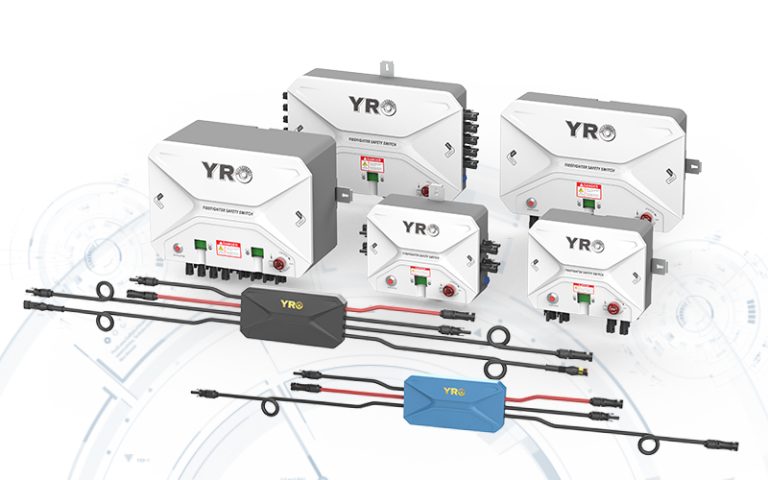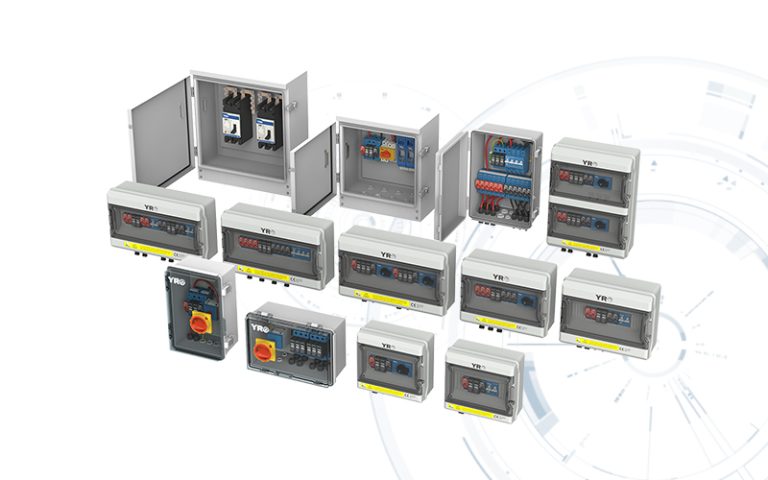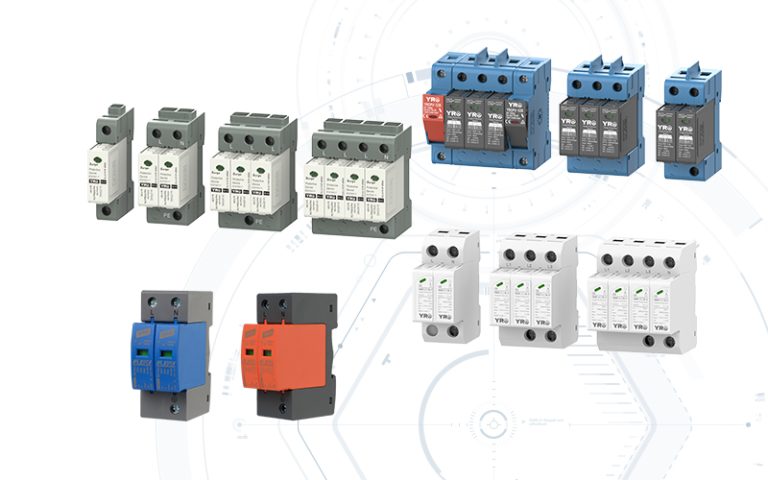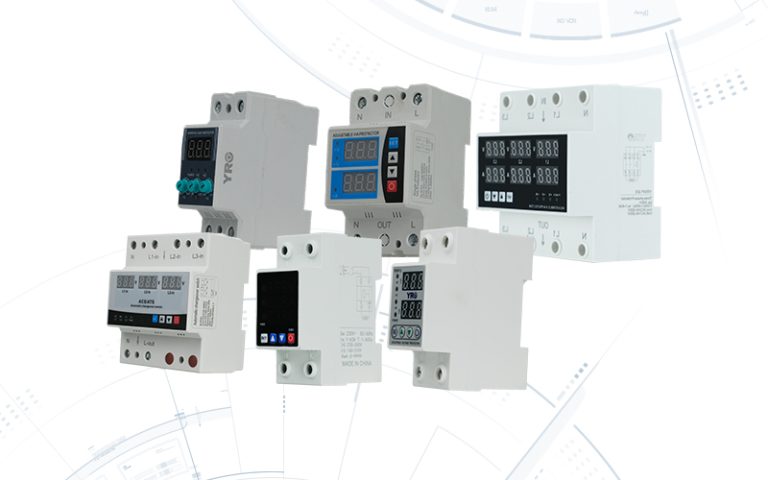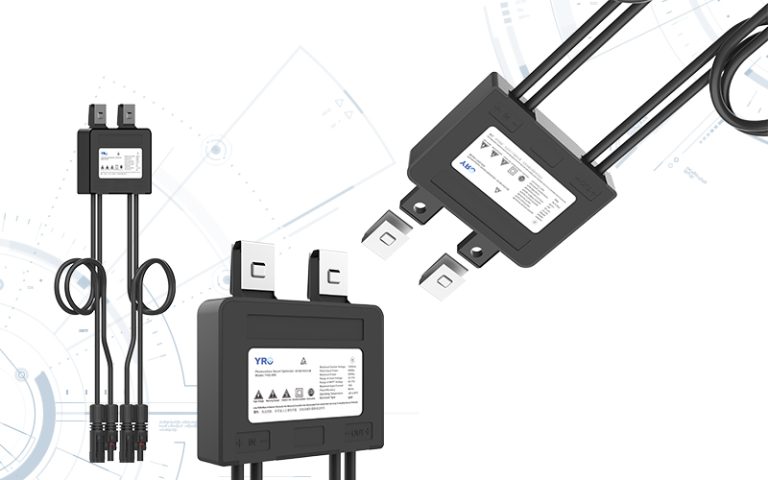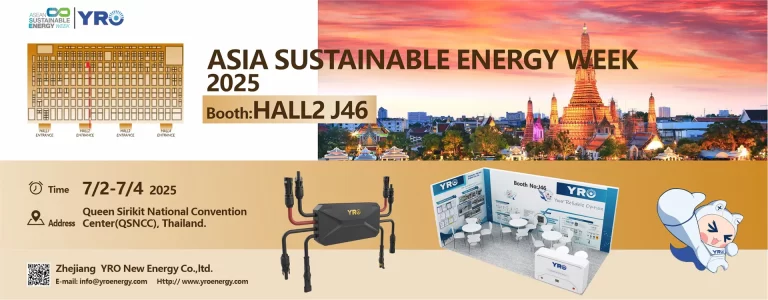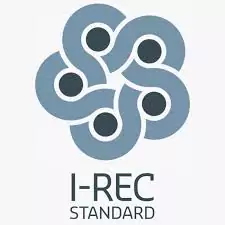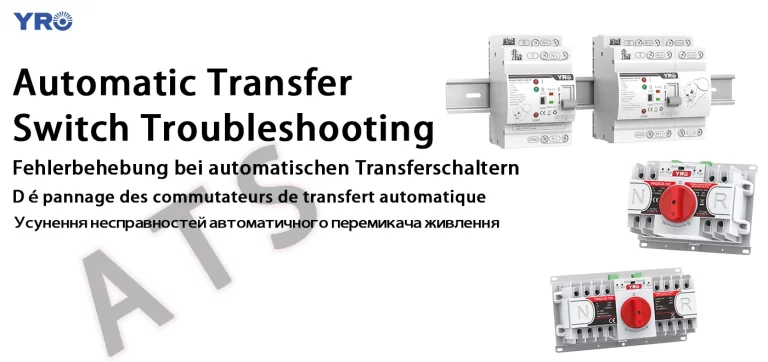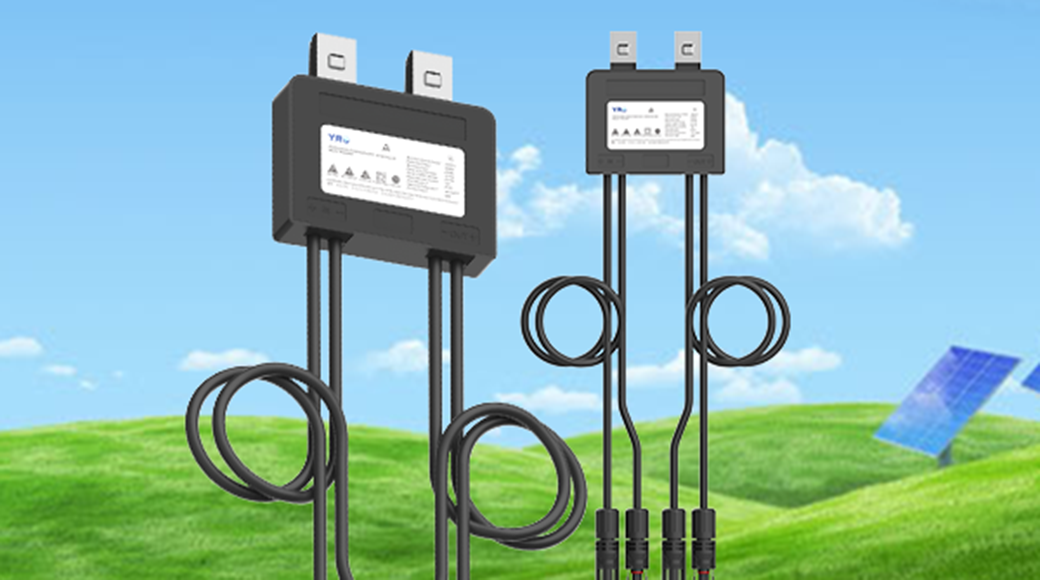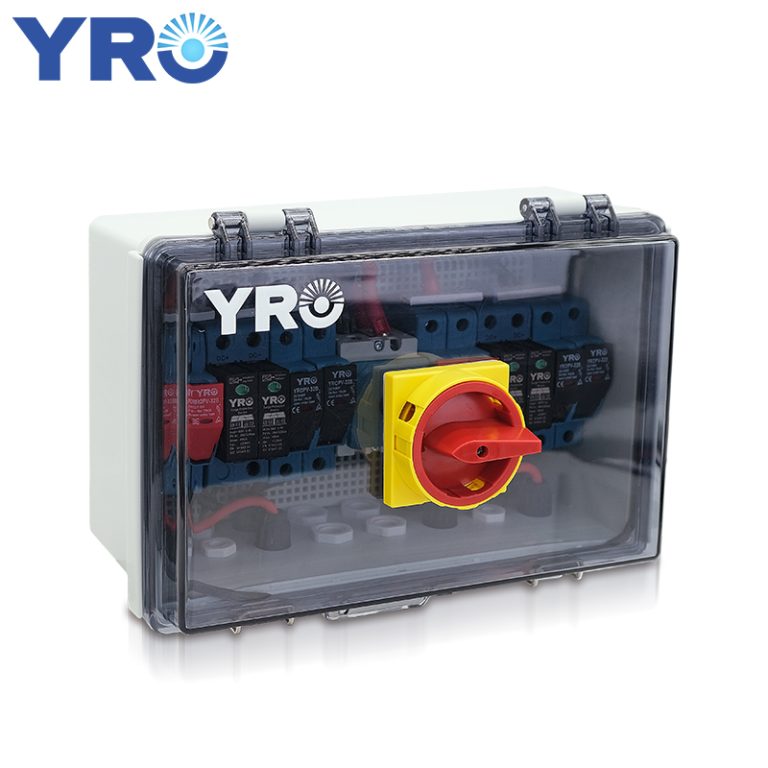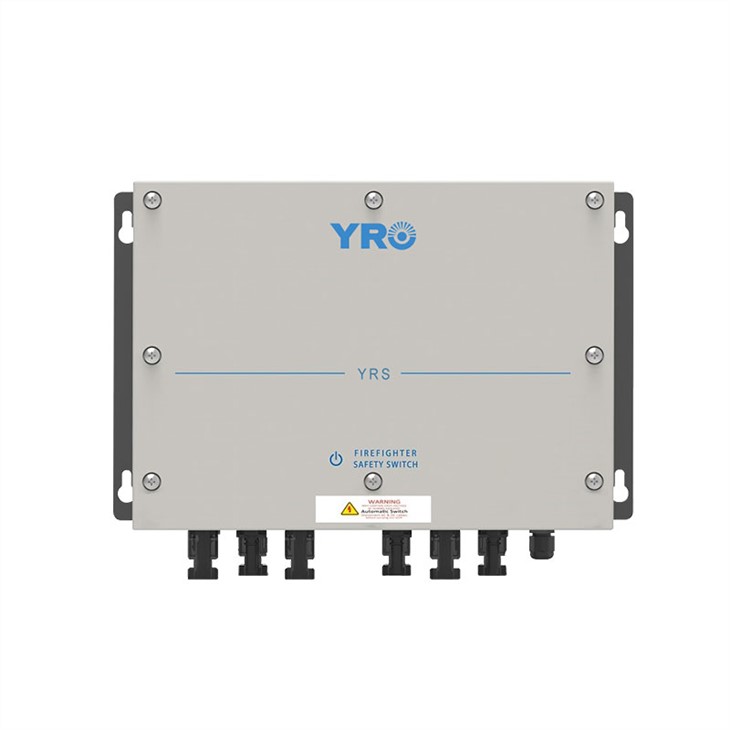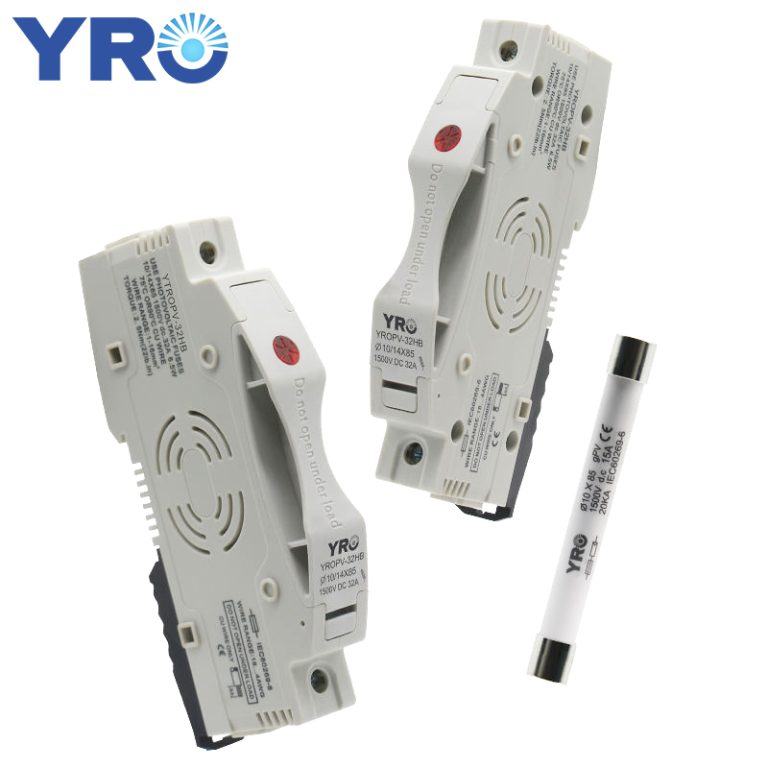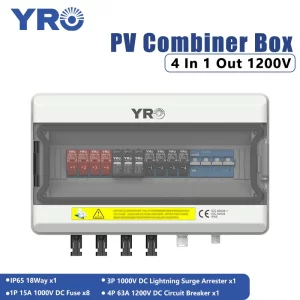In the global pursuit of greener, more sustainable energy solutions, optimizing solar technology and improving its efficiency are particularly crucial. Solar MPPT (Maximum Power Point Tracking) optimizers, as key components in enhancing photovoltaic system performance, play an essential role.
What is a Solar MPPT Optimizer?
A solar MPPT optimizer is an electronic device that optimizes the power conversion process between solar panels and a battery or inverter. MPPT stands for “Maximum Power Point Tracking,” meaning the device is capable of extracting the maximum amount of electrical energy from solar panels, maintaining optimal efficiency even under varying light conditions.
How Does an MPPT Optimizer Work?
MPPT optimizers monitor the voltage and current output of solar panels in real time and adjust the resistance of the connected load to ensure the panels operate at their maximum power point. By doing so, MPPT can maintain optimal efficiency across different environmental conditions, such as changes in sunlight intensity and temperature.
Benefits of Using MPPT Optimizers
–Increased Energy Efficiency:
MPPT optimizers ensure that solar panels operate at their maximum efficiency, significantly increasing the energy output compared to systems without MPPT, especially in variable weather conditions.
–Enhanced System Performance:
By consistently operating at the maximum power point, solar installations with MPPT optimizers can yield up to 30% more energy than those with traditional controllers, especially in areas with frequent cloud cover or shading issues.
–Extended Battery Life:
MPPT optimizers help in charging batteries more effectively and efficiently, reducing the likelihood of overcharging and undercharging, which can extend battery life.
Applications of Solar MPPT Optimizers
Solar MPPT optimizers are used in various applications, from residential solar systems to large-scale commercial solar installations.
They are particularly useful in:
Residential and Commercial Solar Systems: Enhancing the energy efficiency of rooftop and ground-mounted solar systems.
Remote and Off-grid Installations: Improving the reliability and performance of solar systems in remote locations without access to the electrical grid.
Integrated Solar-Energy Storage Systems: Managing the charge process in systems equipped with energy storage, ensuring batteries are charged optimally.
Conclusion
Solar MPPT optimizers represent a significant advancement in solar technology, offering substantial improvements in energy efficiency, system performance, and battery management. As solar energy continues to grow as a critical component of global renewable energy strategies, the role of technologies like MPPT in making solar installations more effective and reliable cannot be overstated.

